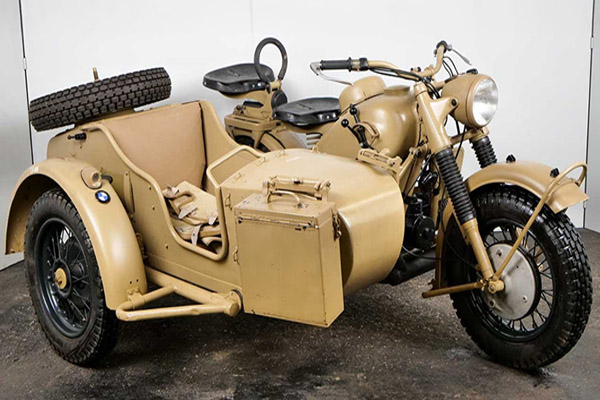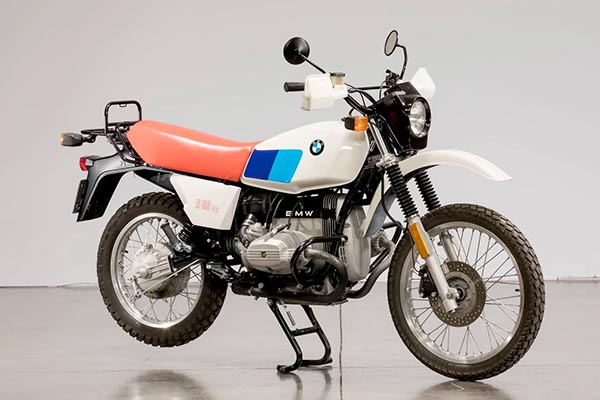7th May 2025
BMW’s Motorrad division has long history when it comes to off-road motorcycles. Now famed for their adventure bikes, the German giant’s off-road roots go back a hundred years, and continue to be as influential on the industry today.
BMW’s early off-roading days

Starting motorcycle production in the early 1920s with the R32 , BMW’s boxer-engine, shaft-driven bike was not an off-road bike in itself, but was a machine that could deal with a fair amount of abuse, paving the way for BMW’s military-focused bikes in the lead-up and during World War II.
The first company to fit a hydraulic telescopic fork to its mikes in 1935, this development not only improved on-road handling, but also dramatically benefited off-road traction.

It’s most famous early utilitarian machine though remains the R75. This 750cc two-wheel drive machine – with side-car combination – is the bike most will think of when it comes to discussing WWII motorcycles. And the rugged bike laid the foundations for BMW’s later off-road machines.
Post war off-roaders
Recovering from the war, BMW’s motorbike efforts were largely focused on road bikes, but the company’s now famed reliability and solidity made them excellent all-rounders. The motorcycles excelled in a number of endurance events throughout the Fifties and Sixties.

Photograph courtesy of Shannons Club
Models such as the R69 were used in a number of different disciplines, including setting speed records in the 1960s, but were also able to be tweaked to successfully tackle rougher terrain.
The arrival of the game changing GS
BMW’s focus on off-road adventure biking really began in earnest with the arrival of the R80 G/S – ‘G/S’ standing for Gelände/Straße, or Off-road/Road. It was the company’s first dual-capability bike, produced from 1980 until 1987, and fitted with an air-cooled 798cc boxer engine, raised suspension, and underbody protection.
In 1981, 83, 84, and 85 the R80 G/S won the bike category of the Paris-Dakar Rally, quickly proving its credentials on the toughest rally around.

Photograph courtesy of Lone Rider
The R80 G/S was followed up with a tweak to the name; G/S became GS, with the latter ‘S’ standing for ‘sport’. A new, larger engine had been added to the line-up by then, including the R 100 GS, featuring BMW’s Paralever rear swing arm.
In 1994, the R 1100 GS arrived, with the enduro bike the first to be fitted with a four-cylinder engine, and developing the style that is now associated with all BMW GS bikes. The tall stance allowed for greater comfort both off-road and when touring, which made it a popular choice for riders wanting a bike that could stretch its legs on an adventure.
It is essentially this core concept that has continued to be developed through to today’s R 1300 GS, which remains one of the best touring adventure bikes on the market.

COMMENT